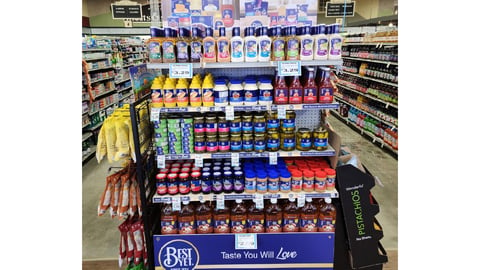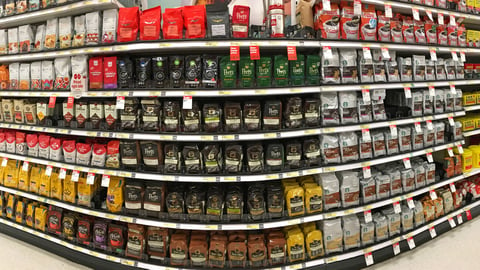Independent Grocers Provide Growth Opportunity For Private Label
Independent grocers remain key players in the U.S. retail marketplace and offer additional growth opportunities to suppliers of private label products.
That was one of several key points made by John Ross, president and CEO of IGA, Inc., during his keynote address at the 2023 PLMA Private Label Trade Show in Chicago.
“There are 23,000 independents in the United States and one third of the U.S. grocery industry goes to independents,” Ross said. “Unlike Canada, the U.K. and a lot of other places in the world, the U.S. grocery marketplace is still highly fractured and independents are very strong and a growing part of the industry.”
The growth in the independent grocer landscape is seen clearly in IGA’s membership ranks. Globally, the association has 6,500 stores in 32 countries. A majority of those are in three countries; the U.S. (2,000 stores), Australia (1,400 stores) and China (1,100 stores).
In a marketplace where major chains such as Walmart, Amazon, and Kroger among others account for billions of dollars in grocery sales, the independent sector has been able to maintain and even grow its position in a highly competitive space.
How? Ross feels this answer lies with the consumer, and understanding their shopping habits opens doors to new opportunities for retailers and private label suppliers alike.
“We have to look at who are the people choosing to shop an independent over some place else,” he said. “For our legacy stores, in many instances it’s geography. The store may be the only choice in town. But that’s becoming more and more rare. Many times shoppers are looking for fresh, healthy food and they are looking to make healthier, smarter choices and doing so with increasingly strained budgets.”
Additionally, independent retailers knowing what their customers want allows them to tailor their assortment to meet their needs.
“We don’t start with a national assortment,” Ross said. “Items that are stocked by an independent are curated based on the shopper’s need, the kind of recipes they make, the way they cook and the expectations they have. That’s the magic and ultimately that is the competitive advantage.”
With retailers having insight into the needs of their shoppers, Ross encouraged private label product suppliers to work with independents to share information and create products, store sets, and merchandising plans that meet consumer needs and highlight the benefits of store brand products.
“How do we think about merchandising private label? What are the best ways to show off the incredible value these products offer?” Ross said. “Let’s work together (to answer these questions) and then share that information with all independents.”
He noted by the end of 2024, IGA will have more than 300 million people interacting with products at IGA stores. This provides a testing lab to allow retailers to quickly learn what consumers think about the products on store shelves. That data, he said, will tell retailers what they should and should not be stocking.
Ross also encouraged the private label industry to evolve how it thinks about the products they sell.
“The phrase ‘national brand equivalent’ needs to disappear,” he said. “What you’re doing now is innovating and creating new opportunities for us to serve our customers. That is great for our customers, great for our retailers, and great for (the private label) industry.”




